茶与咖啡
Tea and Coffee
伴随着全球化进程的加速,作为饮品的茶与咖啡似乎已经不再受限于地域及其传统文化,为世界各地的人们所共享。本文则粗略讲解茶文化与咖啡文化。
With the acceleration of globalization, it seems that tea and coffee as beverages are no longer limited by geography and traditional culture, and are shared by people all over the world. This article gives a rough explanation of tea culture and coffee culture.

茶

中国茶文化是中国制茶、饮茶的文化 。 中国是茶的故乡,中国人发现并利用茶,据说始于神农时代,少说也有4700多年了。 直到现在,汉族还有民以茶代礼的风俗 。
Chinese tea culture is the culture of making and drinking tea in China. China is the homeland of tea, and the discovery and use of tea by Chinese is said to have begun in the Shennong era, to say the least, for more than 4,700 years. Until now, the Han people still have the custom of replacing gifts with tea.
2022年,中国传统制茶技艺及其相关习俗被列入联合国教科文组织非物质文化遗产名录。
In 2022, traditional Chinese tea-making techniques and related customs were inscribed on UNESCO's list of intangible cultural heritage

寻一个·惬意角落
Looking For A Pleasant Corner
从历史发展上看,唐代的茶文化既与文人的吟咏歌舞、琴棋书画相关联,也与佛教及朝廷的倡导有着极其密切的关系。
From the perspective of historical development, the tea culture of the Tang Dynasty was not only related to the chanting and singing of the literati, the qin, chess, calligraphy and painting, but also had an extremely close relationship with Buddhism and the advocacy of the imperial court.
唐朝廷对佛教的推崇,促成了佛教的兴盛,因为僧众坐禅需要茶的破睡功夫,寺院种茶制茶便逐渐成了风尚。宋代饮茶、斗茶之风兴起,茶文化的形式也开始丰富起来,茶诗、茶词、茶论大量出现。明代倡导以散条茶代替茶饼,以沸水冲泡的淪饮法替代传统的研末煎饮法。饮茶法的变更,导致了绿茶、黑茶、白茶、黄茶、乌龙茶以及花茶等茶类的迅速兴起与发展。清代时期,茶叶生产工艺已经十分成熟,茶叶成了出口产品的一个行业,茶文化活动丰富多彩。
The Tang court's admiration for Buddhism contributed to the prosperity of Buddhism, because the monks needed tea to break their sleep in zazen, and it gradually became fashionable to grow tea and make tea in monasteries. In the Song Dynasty, the style of tea drinking and tea fighting rose, and the form of tea culture began to be enriched, and a large number of tea poems, tea words, and tea theories appeared. The Ming Dynasty advocated the use of loose tea instead of tea cakes, and the boiling water brewing method instead of the traditional grinding decoction method. The change of tea drinking method has led to the rapid rise and development of green tea, black tea, white tea, yellow tea, oolong tea and flower tea. During the Qing Dynasty, the tea production process was very mature, tea became an industry for export products, and tea cultural activities were rich and colorful.
中国饮茶文化经历秦汉的启蒙、六朝的萌芽、唐代的确立、宋代的兴盛、明清的简化和普及等阶段。人们在长期的饮茶过程中,逐渐把饮茶作为一种精神上的享受,随之产生了各种文化现象和社会功能。
China's tea-drinking culture has gone through the stages of the enlightenment of the Qin and Han dynasties, the germination of the Six Dynasties, the establishment of the Tang Dynasty, the prosperity of the Song Dynasty, and the simplification and popularization of the Ming and Qing dynasties. In the process of drinking tea for a long time, people gradually take tea drinking as a spiritual enjoyment, which has produced various cultural phenomena and social functions.
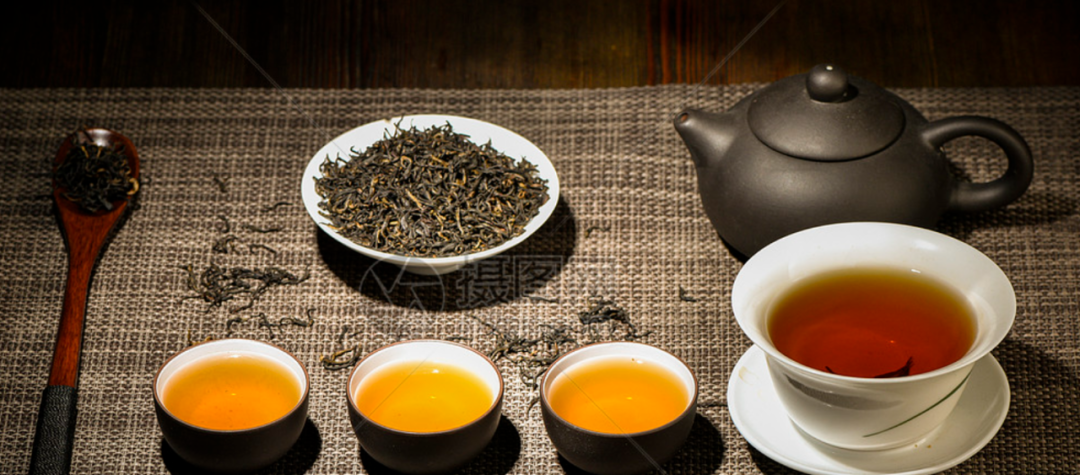
在中国茶文化中,茶道是核心,是灵魂。“茶”字体现了“人在草木中”,茶生于天地草木之中,而人承天地之精华,与天地万物合而为一。“道”是中国古代哲学的核心范畴,是万物之始,也是万物生成和发展的规律和法则。
In Chinese tea culture, the tea ceremony is the heart and soul. The word "tea" embodies "people in the grass and trees", tea is born in the grass and trees of heaven and earth, and people inherit the essence of heaven and earth, and all things in heaven and earth become one. "Dao" is the core category of ancient Chinese philosophy, the beginning of all things, and the law and law of the generation and development of all things.
在《茶经》中,陆羽极富创意地提出了“精行俭德”的茶道精神:“茶之为用。味至寒,为饮最宜精行俭德之人。”茶道即通过品茗来体悟人生,不断提高自身的道德情操。
In the "Book of Tea", Lu Yu creatively put forward the spirit of the tea ceremony of "being thrifty and virtuous": "Tea is for use. The taste is cold, and it is the most suitable person to drink thrifty. "The tea ceremony is to understand life through tea tasting and constantly improve one's moral sentiments
儒家强调中庸、仁爱和谐,以茶悟道,以茶助禅。茶以载道,茶作为一种介质,为人们接近道、体验道、悟道提供了一种有效的方式。
Confucianism emphasizes moderation, benevolence and harmony, and uses tea to enlighten the Tao and tea to help Zen. Tea carries the Tao, and tea, as a medium, provides an effective way for people to approach the Tao, experience the Tao, and realize the Tao.

咖啡



“咖啡”一词源自希腊语“Kaweh”,意思是“力量与热情”。咖啡树是属茜草科常绿小乔木,日常饮用的咖啡是用咖啡豆配合各种不同的烹煮器具制作出来的,而咖啡豆就是指咖啡树果实内之果仁,再用适当的烘焙方法烘焙而成。
The word "coffee" is derived from the Greek word "Kaweh", which means "strength and passion". The coffee tree is a small evergreen tree belonging to the Rubiaceae family, and the coffee that is drunk daily is made with coffee beans and a variety of different cooking utensils, and coffee beans refer to the kernels in the fruit of the coffee tree, and then roasted with appropriate roasting methods.
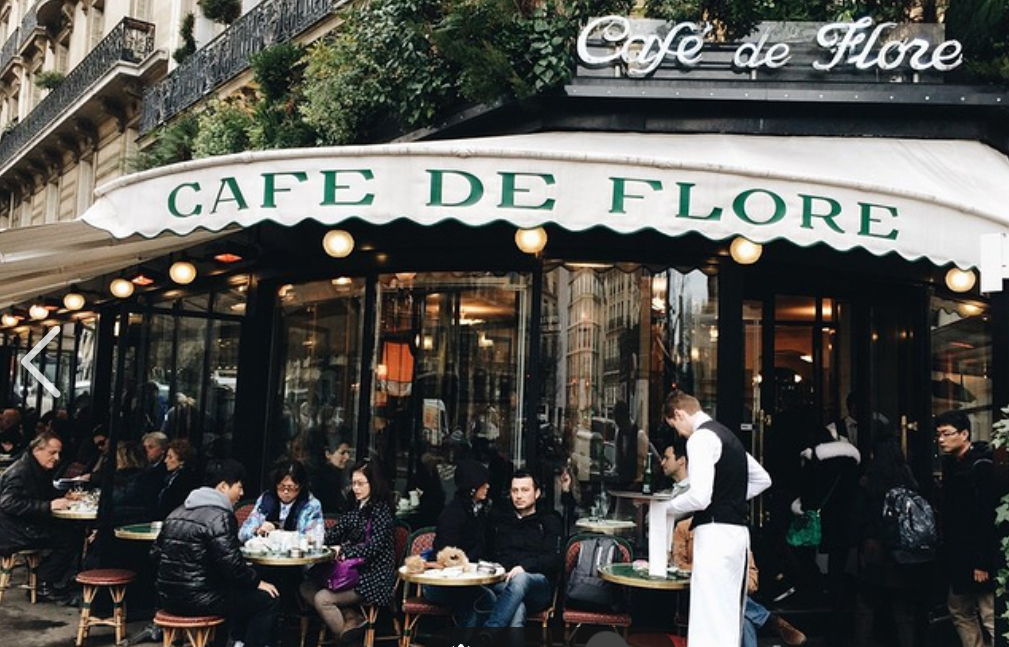
关于咖啡的起源有种种不同的传说,其中,最普遍且为大众所乐道的是牧羊人的故事。
根据罗马一位语言学家罗士德奈洛伊(1613-1707)的记载:大约纪元六世纪时,有位阿拉伯牧羊人卡尔代某日赶羊到伊索比亚草原 放牧时,看到每只山羊都显得无比兴奋,雀跃不已,他觉得很奇怪,後来经过细心观察发现,这些羊群是吃了某种红色果实才会兴奋不已,卡尔代好奇地尝了一些,发觉这些果实非常香甜美味,食后自己也觉得精神非常爽快,从此他就时常赶著羊群一同去吃这种美味果实。後来,一位回教徒经过这里,便顺手将这种不可思议的红色果实摘些带回家,并分给其他的教友们吃,所以其神奇效力也就因此流传开来
According to a Roman linguist, Roste Neroy (1613-1707), about the sixth century A.D., an Arab shepherd, Caldai, drove his sheep to the Isobian steppe one day to graze, and saw that each goat seemed extremely excited and excited, and he thought it was strange. From then on, he often drove his flock to eat this delicious fruit. Later, a Muslim passed by and took home some of this incredible red fruit and distributed it among other parishioners, so its miraculous effects spread
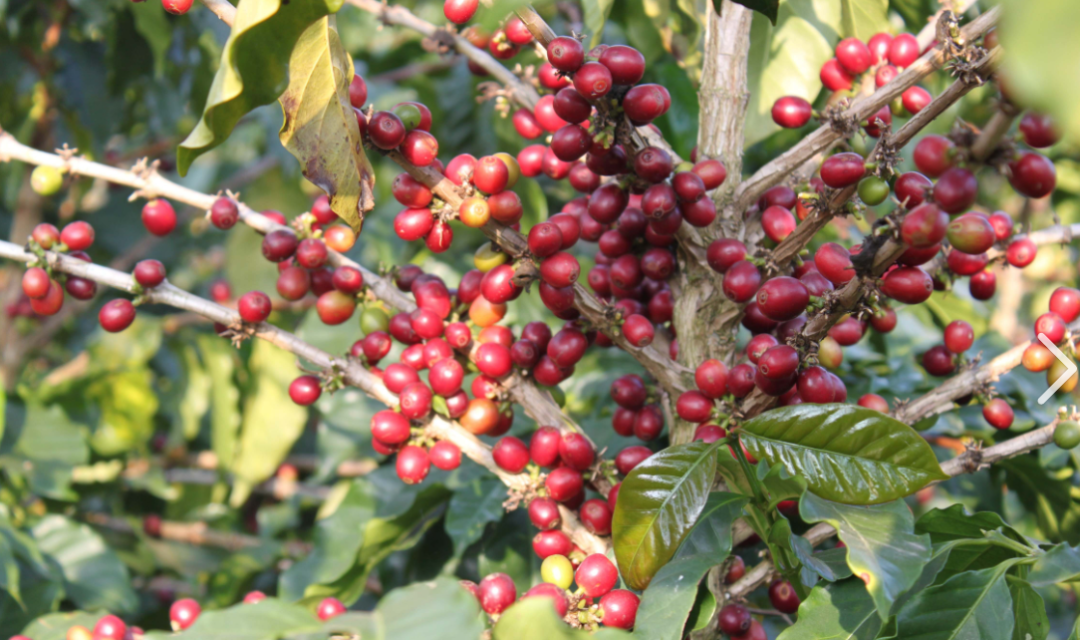
咖啡树原产自埃塞俄比亚,属于植物学中 Rubiaceae 族之 Coffee 属的常绿只 子叶植物,其高度可达十公尺, 而人工栽种者由于经过修剪,故仅有二至四公尺高。咖啡大概会在三至四年结子,而二十至二十五年后产量 会减少,但也有部分咖啡树超过百年寿命却仍然结出果实。
Native to Ethiopia, the coffee tree is an evergreen cotyledonous plant of the genus Coffee, a member of the Rubiaceae family in botany, and can reach a height of 10 meters, while the artificial growers are only 2 to 4 meters tall due to pruning. Coffee bears fruit in about 3 to 4 years, and the yield decreases after 20 to 25 years, but there are some coffee trees that still bear fruit after 100 years of life.

咖啡对于西方人来说,也不仅仅是一种饮品,它隐含着丰富的文化内涵。欧洲结束了漫长的中世纪,文艺复兴所代表的人文主义精神代替了沉闷的神学思想,更多的欧洲上流社会的成员和普通公众日益接纳和亲近咖啡,因为追求和享受幸福的人生是人文主义的主旨,在咖啡馆里喝着咖啡讨论人性以及有关人的问题成了当时非常流行的生活方式的一部分。1554年,奥斯曼土耳其帝国首都伊斯坦布尔出现了第一家咖啡馆———卡内斯咖啡屋,因为有不少学识丰富的人光顾咖啡馆并在那里高谈阔论,所以咖啡馆被称作“智慧的学院”,现代意义上的咖啡馆就此出现,伊斯坦布尔也被称之为“咖啡通向欧洲的起点站”
For Westerners, coffee is not just a drink, it has a rich cultural connotation. Europe ended the long Middle Ages, the humanist spirit represented by the Renaissance replaced dull theological thought, and more members of European high society and the general public increasingly accepted and approached coffee, because the pursuit and enjoyment of a happy life was the main theme of humanism, and drinking coffee in a café to discuss human nature and problems related to people became a very popular way of life at that time. In 1554, the first café ——— Cannes Coffee House appeared in Istanbul, the capital of the Ottoman Turkish Empire, because there were many learned people who patronized the café and talked there, so the café was called the "Academy of Wisdom", and the modern coffee house appeared, Istanbul is also called "the starting point of coffee to Europe"
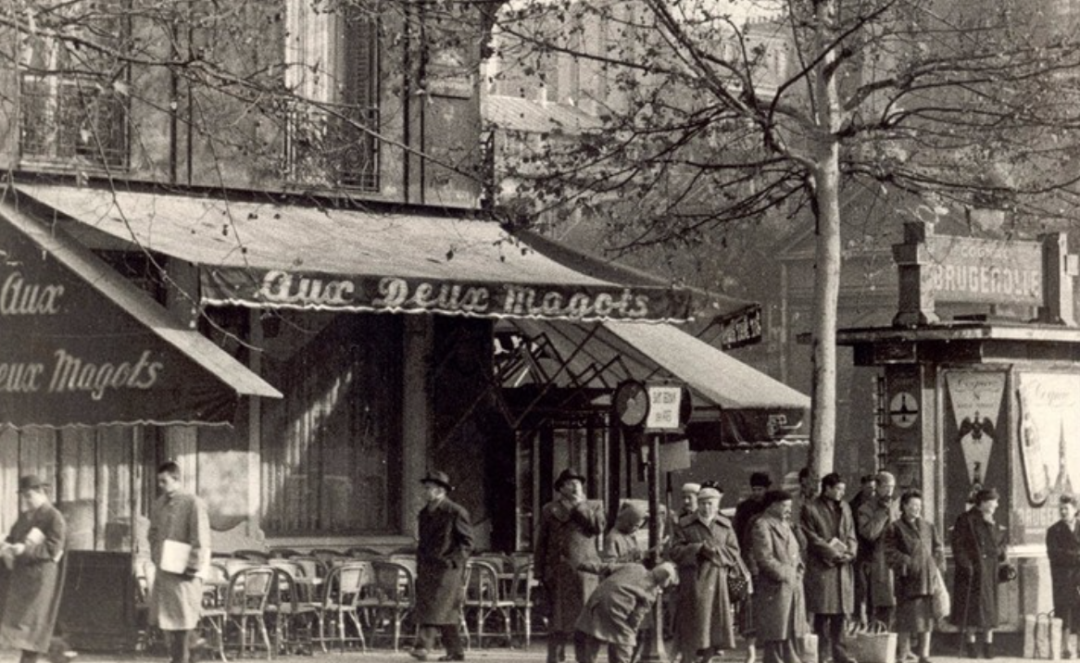

20世纪以来,咖啡馆成了一种重要的社交休闲场所,人们在这里谈论政治,构思文学作品,闲聊生活琐事。一些欧洲著名的咖啡馆里长期聚集着来自四面八方的学者和艺术家,他们在那里构筑了全世界哲学家、作家和艺术家心中的圣地和精神家园。
Since the 20th century, the café has become an important place for social recreation, where people talk about politics, write literature, and gossip about the trivial things of life. Some of Europe's most famous coffee houses have long been home to scholars and artists from all over the world, who have built sacred places and spiritual homes for philosophers, writers and artists from all over the world.
17世纪中后期,伦敦的咖啡馆已经成为主要的聚会场所,对于英国人来说,咖啡馆是个沟通交流、学习思考甚至进行商贸交易的场所,圆形或椭圆形的咖啡桌四周围着高谈阔论的人们,彼此间的对话平等、随和、自由,咖啡的消费只需几便士,所以咖啡馆在当时又有“便士大学”的美称,暗含了咖啡馆自由平等的精神。
In the mid-to-late 17th century, the coffee house in London has become the main meeting place, for the British, the coffee house is a place to communicate, learn to think and even conduct business transactions, the round or oval coffee table is surrounded by people who talk about each other, the conversation between each other is equal, easy-going, free, coffee consumption is only a few pennies, so the coffee shop at that time also has the reputation of "penny university", implying the spirit of freedom and equality of the café.
18世纪的巴黎咖啡馆是政治家、文学家、思想者、诗人和艺术家的聚集地。卢梭、伏尔泰、罗伯斯庇尔、马拉都是咖啡馆的常客。
The 18th-century Parisian café was a gathering place for politicians, writers, thinkers, poets and artists. Rousseau, Voltaire, Robespierre, and Marat were all regulars in the café.
18世纪中叶开始,北美咖啡馆逐渐成为政治家、商人聚会的场所,经常笼罩着浓郁的政治氛围,波士顿的咖啡馆成为了当时策划革命的大本营。美国人目前是世界上最爱喝咖啡的族群,但美国人喝咖啡,没有任何规则,比欧洲冲调咖啡时更不讲究,不强调咖啡的口感,也不甚讲究环境和情调,更随性自由,咖啡对于美国来说更像是为了高效工作的快速强心针。
Since the middle of the 18th century, North American coffee houses have gradually become a meeting place for politicians and businessmen, often shrouded in a strong political atmosphere, and Boston's coffee houses have become the base camp for planning revolutions at that time. Americans are currently the most coffee-loving group in the world, but Americans drink coffee, there are no rules, less particular than when brewing coffee in Europe, do not emphasize the taste of coffee, do not pay much attention to the environment and mood, more casual and free, coffee for the United States is more like a quick shot in the arm for efficient work.
19世纪末开始,咖啡馆早已不仅仅是喝咖啡的场所,宴会、展览、婚礼、沙龙、创作、歌舞表演等几乎一切活动都在咖啡馆进行。哲学家萨特曾在巴黎的花神咖啡馆留下凝思,存在主义作家波伏娃也曾在氤氲的咖啡香气中陶醉。
Since the end of the 19th century, coffee houses have long been more than just a place for coffee drinking, banquets, exhibitions, weddings, salons, creations, cabaret performances and almost all other activities are held in the café. The philosopher Jean-Paul Sartre once contemplated the Café de la Flora in Paris, and the existentialist writer Beauvoir reveled in the aroma of coffee.
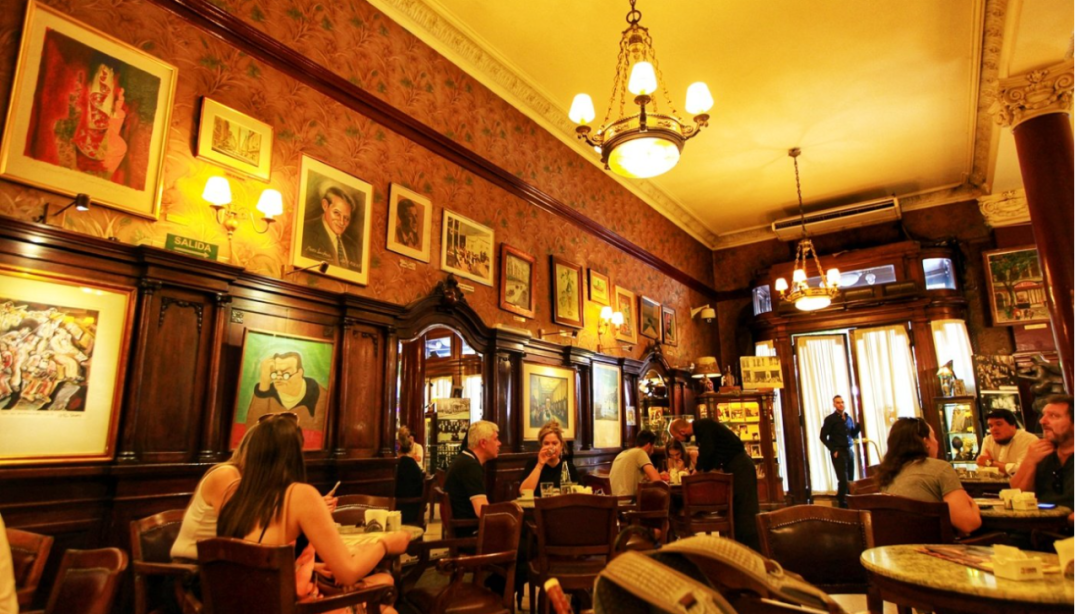
时至今日,对于大多数西方人来说,喝不喝咖啡不重要,泡不泡咖啡馆却是一件大事情,咖啡并非是他们去咖啡店的主要目的,而只是去咖啡馆的一个理由。因为咖啡馆可以提供一个与友人自在聊天、放松和个人沉思的场所。
For most Westerners, it doesn't matter whether they drink coffee or not, but whether they go to a café or not is a big deal, coffee is not their main purpose in going to a coffee shop, but just a reason to go to a café. Because cafes can provide a place to chat, relax and contemplate with friends.
寻一个·惬意角落
Looking For A Pleasant Corner
茶文化背后所隐藏的思维方式是一种整体性、过程性、关联性和直觉体悟式思维,中国茶道强调人与自然的统一,人通过茶与天地万物合而为一,事茶的过程中蕴含着儒家廉简高雅的君子品格,道家淡泊归朴的自由精神,以及禅宗禅茶一味的悟道方式,茶超越了其自然属性,成为一种承载中国传统道德理想和精神境界的一个重要介质。
The way of thinking hidden behind the tea culture is a holistic, process, relevance and intuitive thinking, the Chinese tea ceremony emphasizes the unity of man and nature, people through tea and all things in heaven and earth become one, the process of tea contains the Confucian simple and elegant gentleman's character, the Taoist indifferent and simple free spirit, and the Zen Zen tea blind way of enlightenment, tea beyond its natural attributes, has become an important medium carrying traditional Chinese moral ideals and spiritual realm.
西方的咖啡文化体现的则是一种二元性、线性和逻辑性思维,咖啡作为一种对象性的物质被进行科学的、理性的认识、探究和消费,较少作为一种价值承载的中介,咖啡文化更多的是咖啡馆文化,其所隐含的是追求自由,平等、舒适和实效等价值观念。
Western coffee culture embodies a dualistic, linear and logical thinking, coffee as an object of material is scientifically and rationally understood, explored and consumed, less as a value-carrying intermediary, coffee culture is more of a café culture, which implies the pursuit of freedom, equality, comfort and effectiveness and other values.

文稿&编辑 | 郭星宇
翻译 |夏涛
排版 | 潘科铭、宋波远
审核 | 程志英
--第830篇

